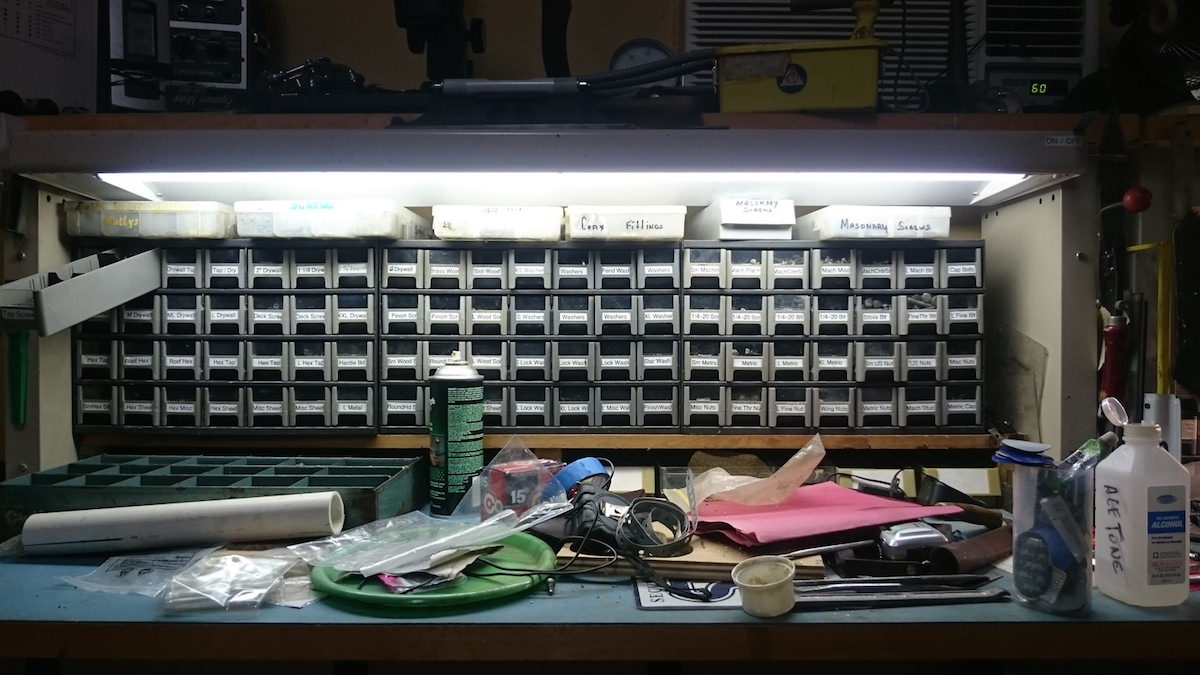
NOTES AND NEWS
Audiograms for a few mammals
In general: it's no surprise that there is a general bias towards higher-frequency sensitivities in animals. That's why we often have to measure (and speak) in terms of ultrasound when it comes to animals. A general rule of thumb holds that for mammals, frequency is inversely-proportional to size.
Reproducibility vs. Vibration and Noise Impacts in Animal Labs
Nature’s LabAnimal journal has published an interesting collection of articles regarding experimental reproducibility in animal models. Unsurprisingly, confounding stressors like noise and vibration figure into the discussion. This is precisely Vibrasure's goal for design and monitoring in laboratory facilities: to minimize confounding variables, reduce the number of animals and time required to obtain good data, and improve animal welfare.
A quick human-vs-rodent hearing comparison
Anyone who has designed animal laboratory spaces realizes that the animals have unique needs. One problem that comes up often with animal facilities is designing them for reasonable acoustics and noise control. Just like our human customers, we want our animal customers to have safe and comfortable places to live.
Vibration and Noise in Animal Research Buildings
Click through for excerpts from a Vibrasure talk given at an AALAS National Meeting on Vibration and Noise In and Near Animal Facilities.




